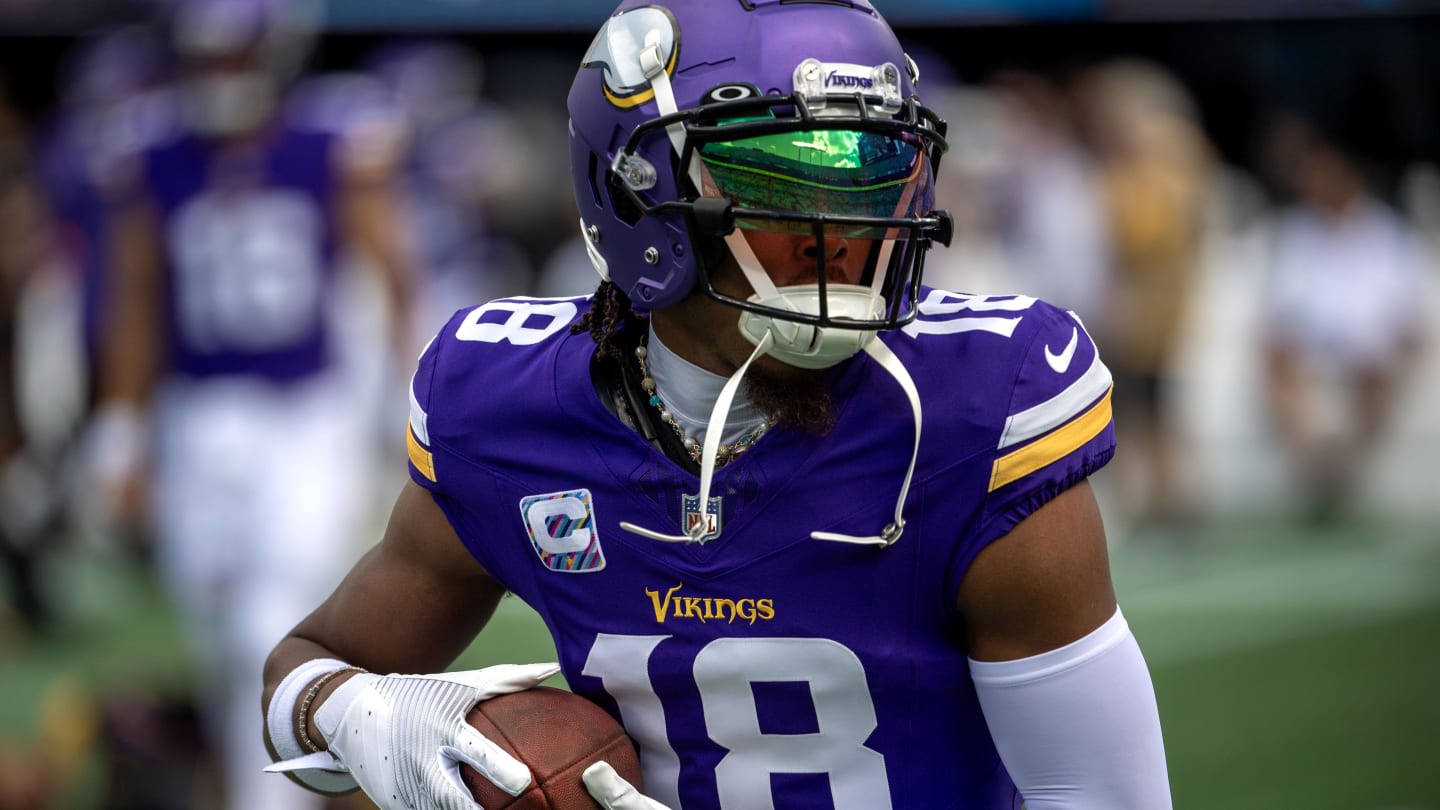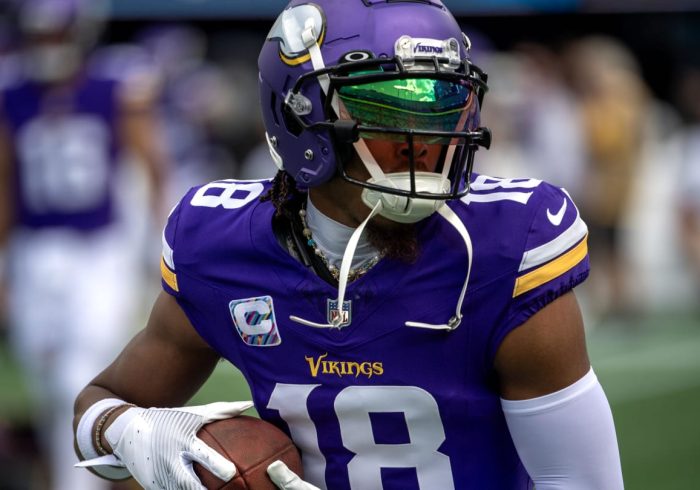Zero RB Strategy: Why It’s Now a Viable Fantasy Football Draft Approach

I have been a running back truther for as long as I can remember playing fantasy football. My first-ever draft pick came back in 1998 when I took Terrell Davis. I later traded for then-rookie Fred Taylor. Can you say championship?
Since then, I’ve focused my early-round picks on runners. From Emmitt Smith, Barry Sanders, Marshall Faulk, and LaDainian Tomlinson in the past to the likes of Christian McCaffrey and Breece Hall in more recent years, getting a few stud runners was always at the forefront of my fantasy roster build.
So, when the “Zero RB Strategy” was introduced by Shawn Siegele back in 2013, I scoffed. This philosophy is based on completely avoiding running backs in the first five rounds. Instead, fantasy fans load up on wide receivers, a tight end, and a quarterback before turning their attention to the running back position. To me, it made zero sense. After all, backs have long been the lifeblood of fantasy football!
Why the hell would I avoid that?
In my opinion, the Zero RB strategy required a lot of luck. You had to hope at least a few of the backs you drafted after the first five rounds panned out, and many times those lottery tickets ended up in the waiver wire garbage. If you didn’t land a breakout or sleeper runner on the wire either, well, your backfield was likely trash. In this scenario, a bad backfield was a fantasy death sentence.
Then, the 2022 season happened.
A few of the running backs we’ve leaned on for years, like Alvin Kamara, Ezekiel Elliott, Dalvin Cook, and Leonard Fournette (to name a few), saw their totals decline at some level. The top overall pick, Jonathan Taylor, finished as the RB32, making it the third straight year the consensus top pick was a runner who failed to meet expectations. We also saw a further increase in the number of backfield committees emerge around the league.
At the same time, wide receivers thrived.
Justin Jefferson, Ja’Marr Chase, and CeeDee Lamb were among the young wideouts who were rising up. A.J. Brown, Amon-Ra St. Brown, Jaylen Waddle and Devonta Smith (to name a few) also thrived for fantasy fans. And while the position isn’t completely clear of injuries (Cooper Kupp), it’s far less likely a receiver will suffer a long-term ailment compared to a running back. That’s part of the reason we are seeing so many runners holding out over current contractual issues while No. 2 and 3 wide receivers are getting their bags.
This has been the perfect storm of sorts, and it’s created a huge shift in the importance of wideouts. In the high-stakes world of the NFFC, where some of the best fantasy players play for oodles of dough, eight of the top 12 overall picks are wideouts. What’s more, 17 of the first 36 picks (top three rounds) are receivers. It’s a different world, folks.
When we include these factors, plus the emergence of the top-tier quarterbacks and tight ends as top-50 overall choices, we’re now seeing running backs getting pushed down draft boards. It’s created a scenario where (I can’t believe I’m saying this), the Zero RB Strategy is a more viable approach. In fact, I have even used it in the last two years.
Do I use this all the time? No. I prefer an altered version where I draft three wideouts in the first four rounds. The other two picks are likely running backs. I’ve also used the “Hero RB” philosophy, which has managers grab a running back in Round 1 and then go with wide receivers in each of the next three rounds. It all depends on where you’re drafting and the flow of the draft, but I’ve pushed runners down in my top 200 regardless.
That doesn’t mean I’m avoiding the position altogether, of course. Besides CMC, I’d love to get Bijan Robinson, Breece Hall or Jahmyr Gibbs in the first round this yaer. But when you look at the ADP data, there are more elite runners on the board later in drafts.
Right now, you can draft productive running backs like Kamara, Rhamondre Stevenson, James Conner and D’Andre Swift outside of the top 50. Breakout/sleeper runners, who used to go in the top 50 when managers would reach at the position, are also on the board much later. This season, that list includes the likes of Zamir White, Jonathon Brooks and Zack Moss, who are all available outside the top 80 based on the current ADP data at the NFFC. Heck, you can even get Nick Chubb outside of the top 90. I know he’s coming off a gruesome knee injury, but he’d have been picked much higher in past years.
This strategy isn’t for everyone. Heck, I’ve even said I don’t follow it to a tee. It might be my long love affair with running backs that keeps me from avoiding the position with each of my first five picks. With that said, I am far more likely to have three and maybe four wide receivers on my roster with my first five picks than I would have five years ago.
Don’t be afraid to make that switch to your draft strategies either. Offenses around the NFL have evolved, and fantasy managers should follow. I did. Much like Jedi master Yoda told Luke Skywalker in The Empire Strikes Back, “you must unlearn what you have learned.”
